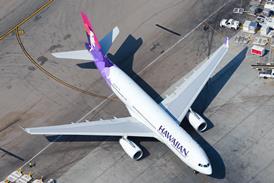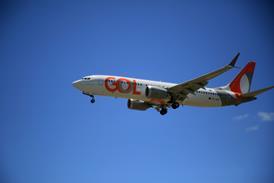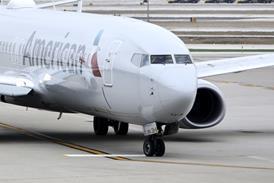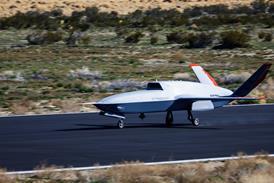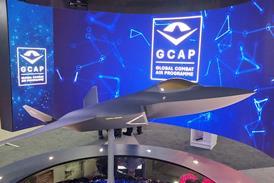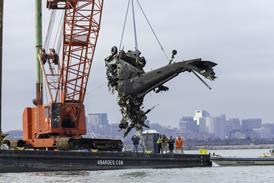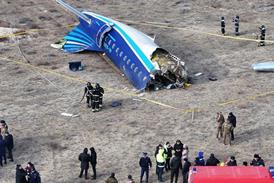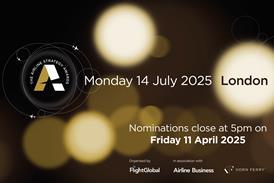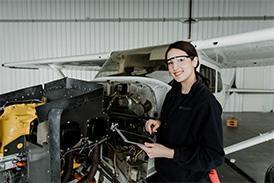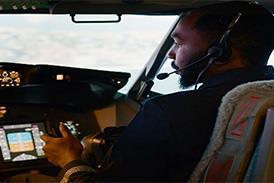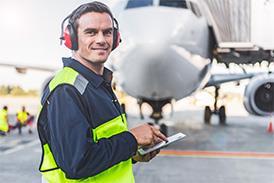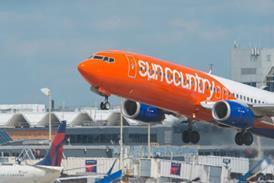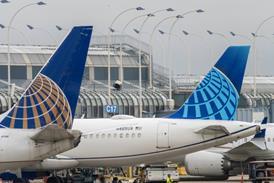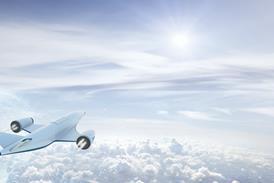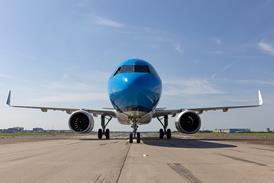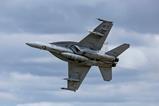The Royal Australian Air Force (RAAF) says that within 12 months it aims to provide the civilian government in Canberra with options for procuring a fleet of uncrewed fighter aircraft.
However, such conclusions could be presented even sooner, according to head of air force capabilities Air Vice-Marshal Nicholas Hogan.
“We have to provide options to government going forward, and we will likely do that by the end of the year, but certainly within the next 12 months,” Hogan says.
What recommendations will be included within that report remains a matter of discussion. However, the MQ-28 Ghost Bat – developed indigenously as a partnership between the Australian government and Boeing – is sure to feature prominently.
For his part, Hogan endorses the pilotless jet unequivocally.
“My view of the MQ-28: it’s world class,” says the air vice-marshal. “No doubt in my mind, it is world-leading. MQ-28 will be a very strong contender in any options we take forward to government.”
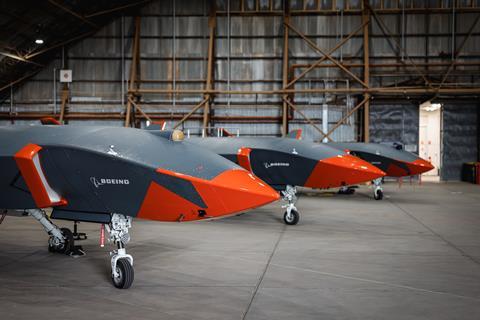
Hogan says the Ghost Bat is already “exceptional” at autonomously teaming with crewed aircraft.
With the MQ-28 programme, Australia is a global leader in the development of such pilotless jets, alongside Canberra’s ally the USA, which is maturing its own designs.
US defence start-up Anduril had a full-scale model of its Fury autonomous fighter on display at Avalon, the type’s first appearance overseas. The version of the jet competing for the US Air Force’s (USAF’s) Collaborative Combat Aircraft (CCA) programme has been designated the YFQ-44A.
Anduril is competing against fellow California manufacturer General Atomics Aeronautical Systems to provide the first CCA to USAF. General Atomics tells FlightGlobal it plans to display its CCA model, designated the YFQ-42A, at the Paris air show in June.
There are notable differences between the American and Australian programmes. Most notably, the USAF jets are being developed to support air superiority missions with additional firepower.
Hogan says Australia’s MQ-28 development programme is currently focused on testing sensor packages and evaluating how uncrewed aircraft can be integrated into the RAAF’s operating concept.
The head of Boeing’s defence unit revealed at Avalon he would like to see the Ghost Bat test fire an air-to-air weapon system within the next 12 months.
“We’re going to accelerate into a weapons shot with the MQ-28… later this year or early next year,” says Steve Parker, interim chief executive of Boeing Defense, Space & Security.
The move is likely being made with an eye toward competing against Boeing’s rivals in the USA, who are preparing armed CCA vehicles.
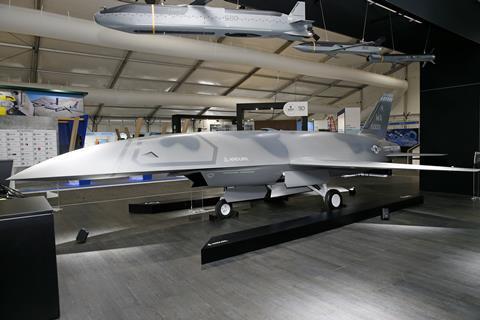
Hogan says the scope of the Australian MQ-28 development and test programme, officially dubbed Defence Project 6014, does not currently include integrating weapon systems into the air vehicle. However, he leaves open the possibility that scope could expand beyond sensor integration into lethal armaments.
“I wouldn’t discount that, but I wouldn’t say it was a definite,” says Hogan.
An industry source tells FlightGlobal that Boeing is in discussions with Canberra about formalising the integration and testing of an air-launched weapon into the MQ-28 programme.
Whether the RAAF ultimately decides to field the Ghost Bat operationally, opts for one of the offerings being developed for the USAF, or some mix, Hogan predicts Australia will deploy uncrewed fighters to frontline service within 10 years.
“I would be confident in saying that we would have autonomous, collaborative platforms as part of our inventory by that stage,” he says.


